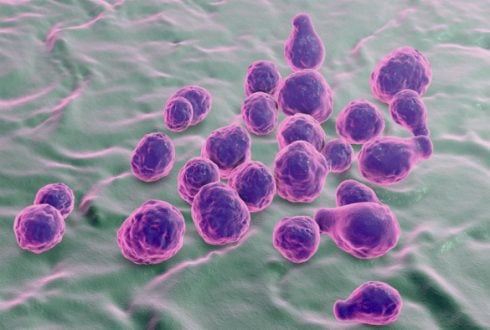By Raymond Prats
ALMOST everyone knows about heart disease – the importance of prevention, detection, and treatment, and the huge impact it has on people’s health.
But they know very little about vascular disease outside the heart, which actually causes almost as much death and disability as heart disease, and more than any cancer.
Here we shed light on the deadly disease…
Similarities between heart and vascular disease
It’s important to understand that vascular disease outside the heart does occur in a variety of different locations – the carotid arteries in the neck, the aorta, the arteries in the legs and arms and even disease in the veins.
Most of these problems are very similar to heart disease in the sense they are also atherosclerosis (a hardening of the arteries).
It just occurs in different arteries than the coronary arteries to the heart.
It’s also important to understand the potential severity of these diseases.
Just like heart disease, each one of those problems has consequences that can be very serious and lead to hospitalisation and severe disability long term or even death.
The most deadly types of vascular disease
Carotid artery disease, PAD and aortic aneurysms are probably the three most serious non-cardiac vascular diseases.
Carotid artery disease typically occurs when the carotid arteries (the main blood vessels to the brain) develop a build up of plaque caused by atherosclerosis, or a hardening of the arteries.
When the build-up becomes severe, it can cause a stroke, which can be fatal or permanently disabling.
However, if carotid artery disease is detected and treated, doctors can prevent most strokes.
Aortic aneurysms occur when the wall of the aorta (the main artery in the chest and abdomen) progressively weakens causing a dilation of the vessel.
If not diagnosed and treated, the aneurysm will grow larger and eventually rupture.
An aneurysm that ruptures has an 80 per cent fatality rate yet the vast majority of people with aneurysms are never diagnosed with some only diagnosed when they experience a fatal rupture.
But if it is detected and treated electively the risk is more in the range of two to three per cent; so it really is a fatal disease that can be cured.
PAD is a blockage in the circulation to the arms or legs due to atherosclerosis or other diseases, which may threaten the limbs.
PAD can impair circulation to the legs and lead to serious disability or amputation. Between 25 and 30 million people over 70 have PAD.
These people are three times as likely to die of heart attacks and strokes as those without the disease.
Early detection is vital
In most cases, with early detection, vascular disease can be treated effectively.
There are several simple screening tests that detect these problems, all of which are non-invasive and painless.
Who should be screened for vascular disease?
Screening is useful in certain high-risk groups in the elderly population.
Anyone over the age of 55-60 has a higher risk of atherosclerosis and therefore would have a greater chance of developing vascular disease.
Other well recognised risk factors include:
Diabetes, high blood pressure, smoking, high blood cholesterol, family history of atherosclerotic problems and circulatory problems.
For more information visit www.simplecarehealthplan.com








